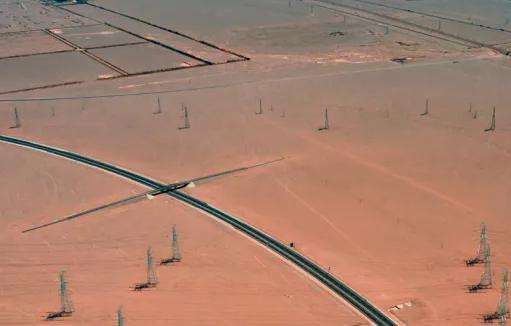Details of solar photovoltaic power generation?
Baidu Encyclopedia
Principles of solar power generation_Baidu Encyclopedia
Learn about solar energy in one minute...< /p>
Solar cells are devices that use the photoelectric effect of semiconductor materials to convert solar energy into electrical energy. The basic process of photovoltaic effect: Assuming that light shines on the solar cell and is accepted at the interface layer, photons with sufficient energy can excite electrons of covalent bonds in P-type silicon and N-type silicon, resulting in the photovoltaic effect. electron generation - Pair of holes. Electrons and holes adjacent to the interface layer will be separated from each other by the action of the space charge electric field before recombination. The electrons move towards the rpositively charged N region and the holes move towards the negatively charged P region. Through the charge separation of the interface layer, an outward testable voltage will be formed between the P region and the N region. At this point, electrodes can be added to both sides of the silicon wafer and connected to a voltmeter. For crystalline silicon solar cells, the typical value of open circuit voltage is 0.5 to 0.6 V. The more electron-hole pairs generated by light illuminating the interface layer, the lower the current is high. The more light energy the interface layer receives, the larger the surface area of the interface layer, i.e. the cell, and the greater the current formed in the solar cell.
Advantages:
No risk of exhaustion and renewable
Principle of electricity production:
Photovoltaic effect
Foreign name:
Principle of solar energy
Disadvantages:
Occupies a huge area and has low conversion efficiency














